Please Note: This publication is a formal dissertation on technology-related distractions in schools. As an academic work, it is not intended for general reading but rather for researchers, educators, and those engaged in scholarly study of the topic. Abstract There is a growing concern among educators about how technology misuse can cause distractions in the classroom. The problem is technology-related distractions result in slowed academic success for students in a rural West Virginia high school. A gap exists in research that investigates the problem in the context of collaborative learning. The purpose of this quantitative quasi-experimental study was to examine the mean differences in the number of technology-related distractions when collaborative learning experiences are implemented among high school-aged students in a rural West Virginia high school. Humanism and servant leadership theories provided a framework for the study. Two research questions framed the study by exploring differences in technology-related distractions in independent and collaborative learning environments. Hypotheses outlined tests for statistically significant differences in technology-related distractions. Repeated samples (n = 72) were taken, recording the number of observed technology-related distractions. Descriptive statistics revealed that technology-related distractions in the independent learning environment (M = 1.57, SD = 1.12) occurred more frequently than those in the collaborative learning environment (M = .67, SD = .77). A paired t-test (a = .05) revealed that the difference is statistically significant (p <.001). The results of this study can benefit servant leaders who seek to provide meaningful feedback to educators who have experienced challenges associated with technology-related distractions in their classrooms.
Connections Between Collaborative Learning and Technology-Related Distractions in High School: A Quantitative Quasi-Experimental Study
$7.99
This academic text provides advanced research material for students studying education, technology, or social sciences.
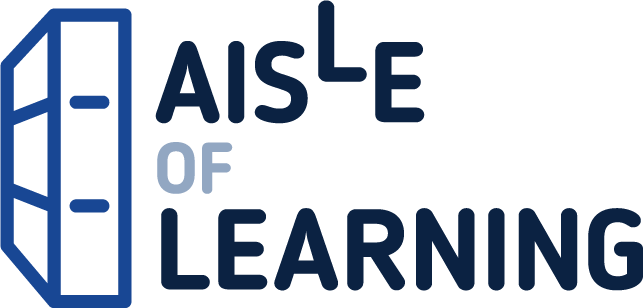
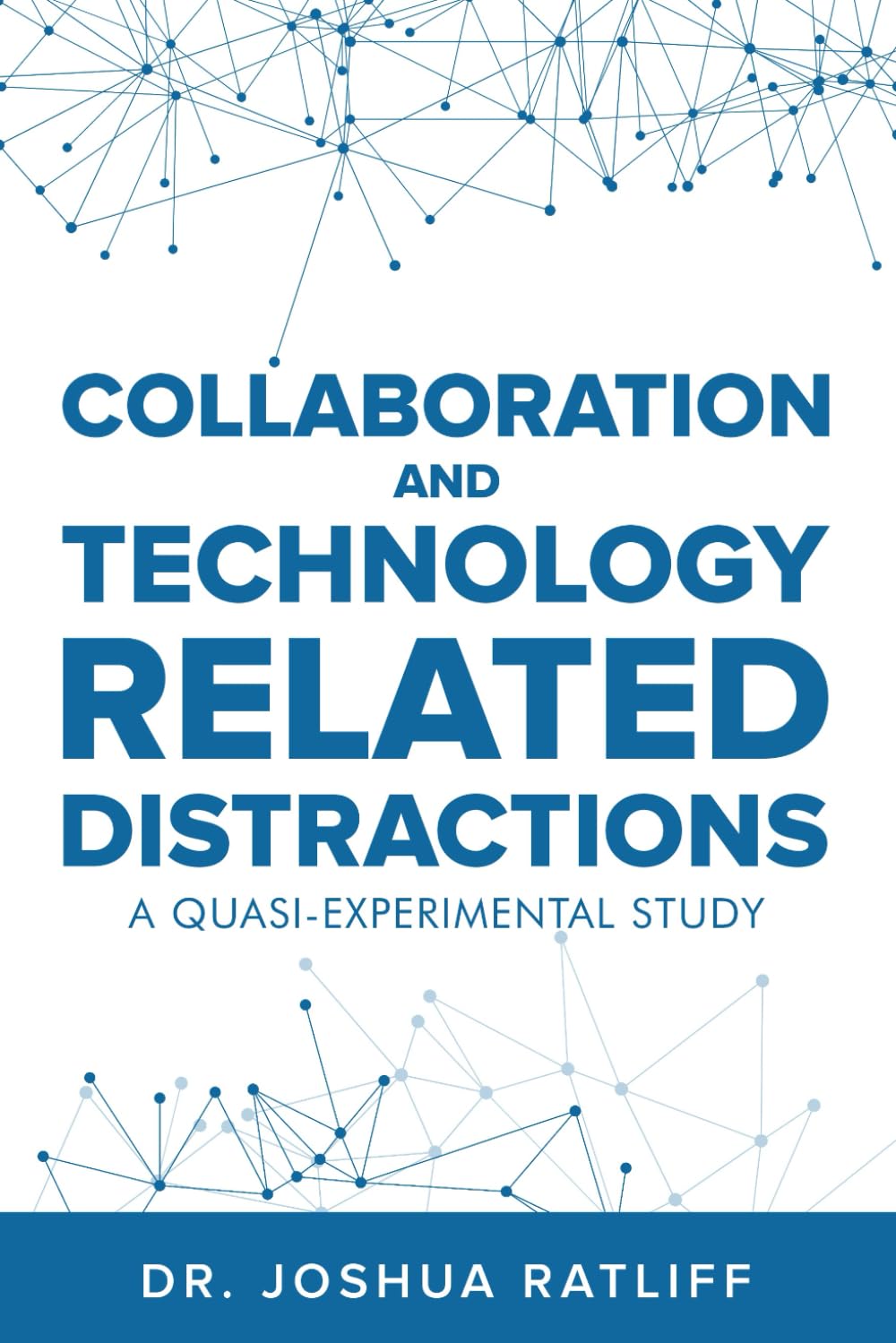
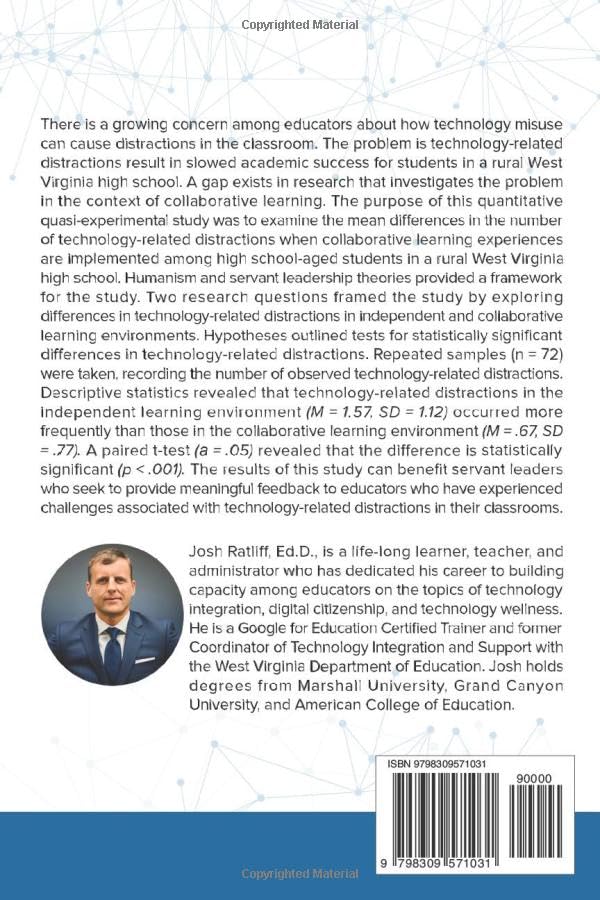
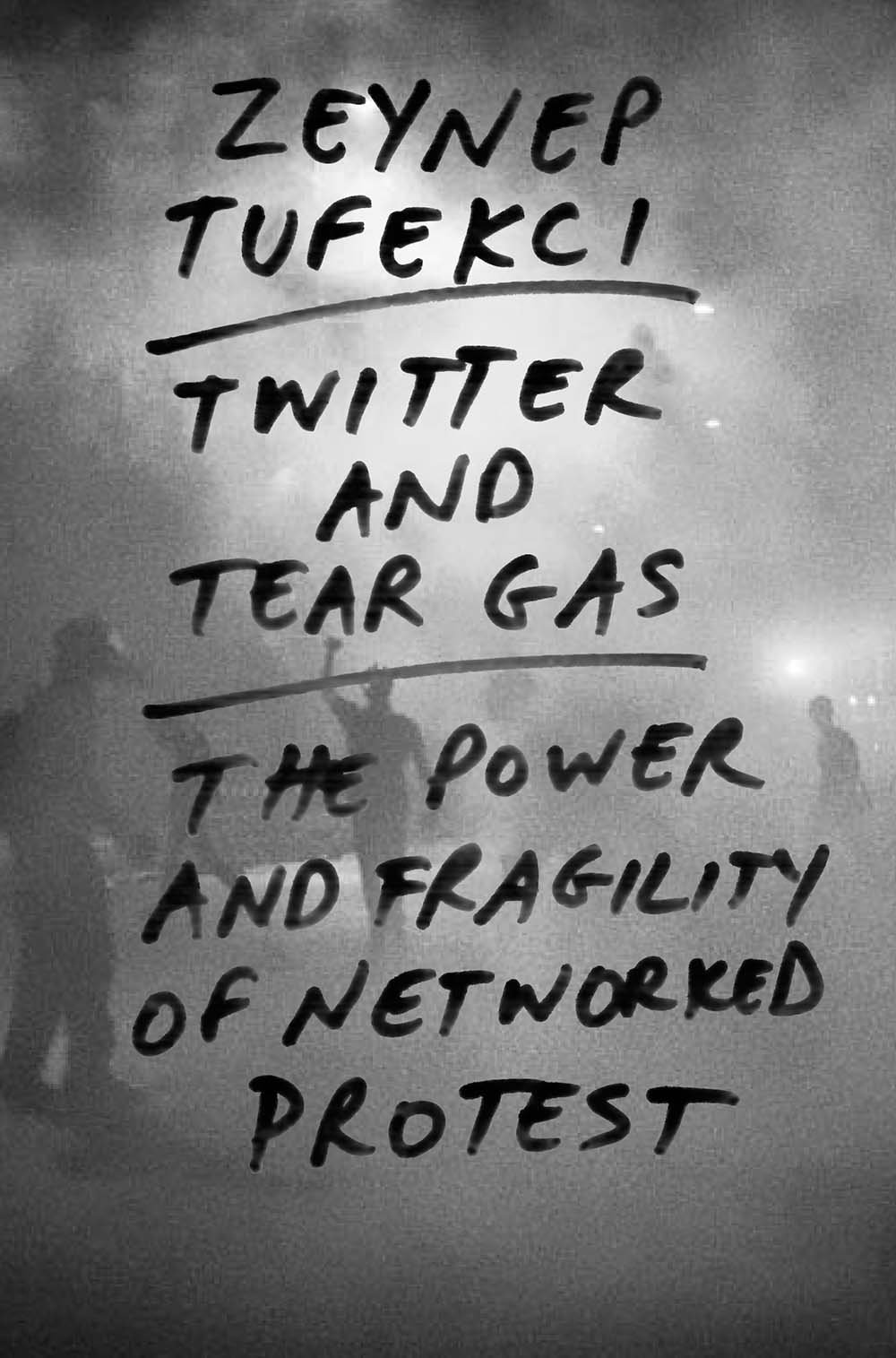
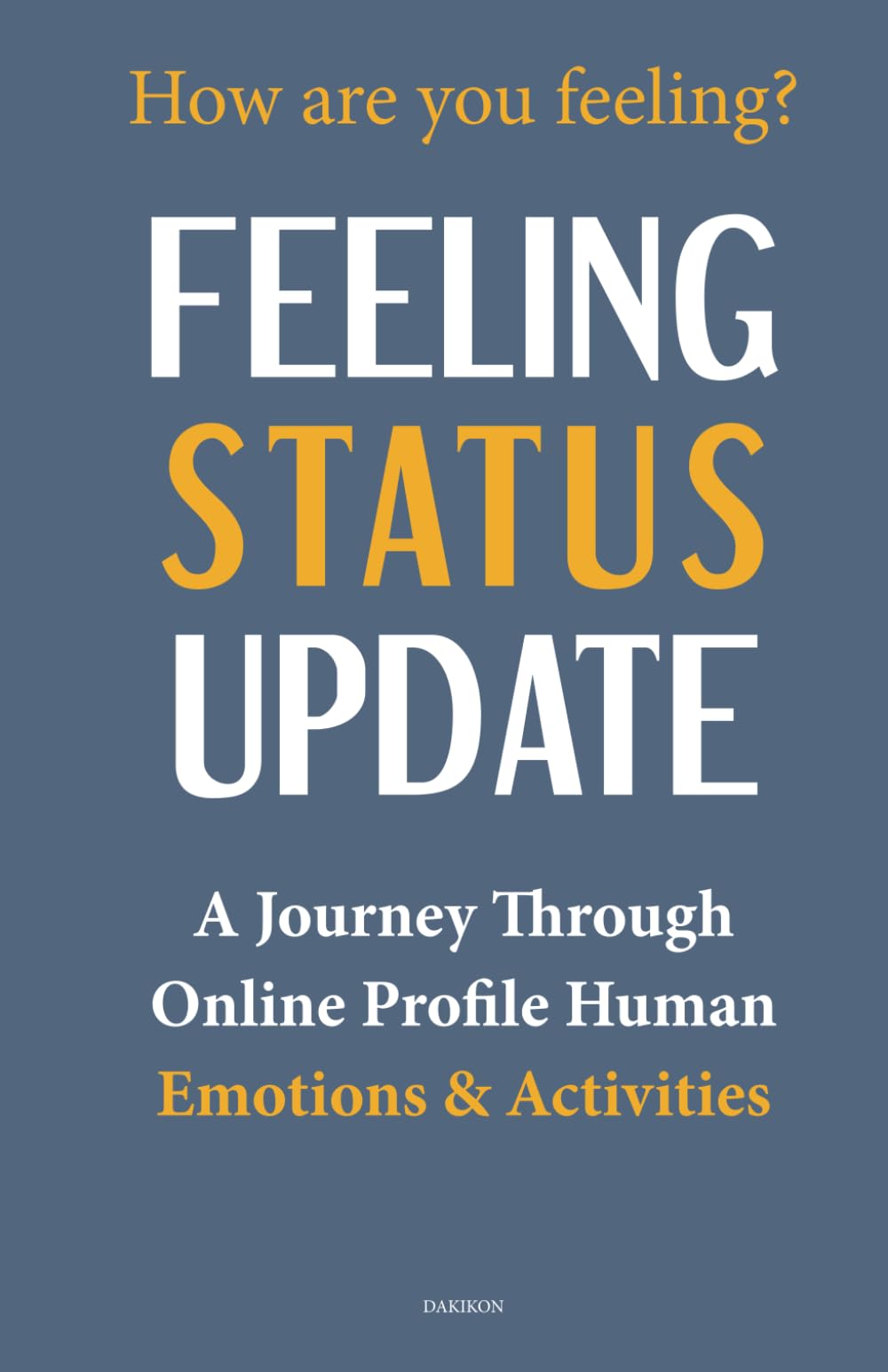

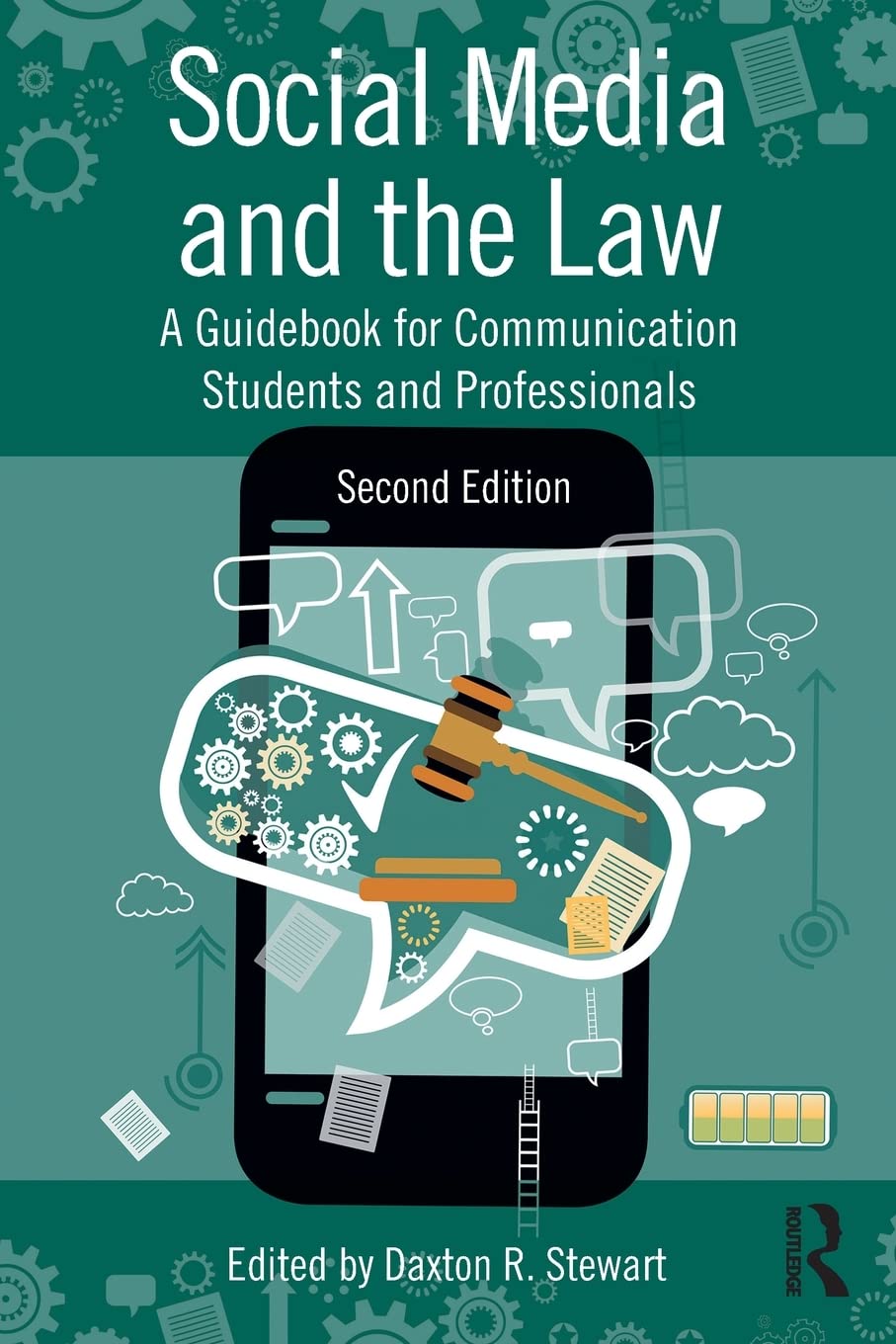
Reviews
There are no reviews yet.